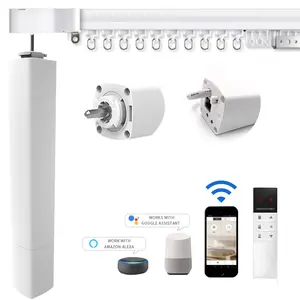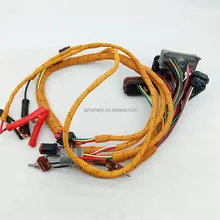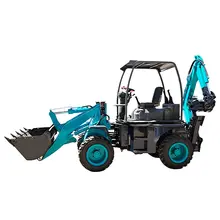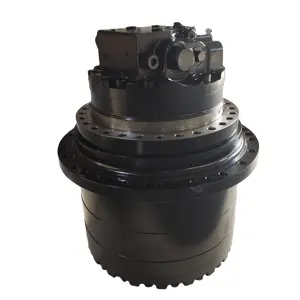A track motor is a motor used in different applications related to tracks or track systems. These motors are designed to power and move various machinery or vehicles along a track or within a track-based system. Track motors can encompass motors used in a wide range of industries, including heavy machinery, construction equipment, transportation, and robotics.
Different types of track motors
Track motors encompass various types tailored for specific applications and industries. Hydraulic track motors are commonly found in heavy construction equipment like excavators and bulldozers. These hydraulic track drive motors rely on hydraulic fluid to generate power, allowing them to provide substantial torque for the movement of heavy machinery across different terrains. Electric track motors, on the other hand, utilize electric power sources, often found in certain types of trains, trams, or industrial automation systems. These motors offer precise control and efficiency, contributing to smoother movement along tracks in transportation or automation settings.
Another type includes pneumatic track motors that harness compressed air to generate power. While less common than hydraulic or electric options, pneumatic motors find use in specific industrial settings where compressed air is readily available or where electric or hydraulic systems may not be suitable. Additionally, some specialized track motors integrate advanced technologies like magnetic or linear induction systems, offering unique benefits such as reduced friction, quieter operation, or increased precision in movement. Each type of track motor is engineered with distinct characteristics to meet the demands of its intended application, providing efficient and reliable propulsion along tracks in various industries.
Applications of track motors
Track motors find extensive applications across multiple industries, serving critical functions in various machinery and transportation systems. For examples, in heavy machinery and construction, there are excavator track motors and digger track motors. These motors facilitate the movement of heavy machinery across rugged terrains, providing the necessary torque and power to maneuver efficiently in construction sites, mines, or forestry operations. Their robust design enables these machines to navigate challenging environments, enhancing productivity in earthmoving, excavation, and land-clearing tasks.
In transportation, track drive motors are pivotal in railway systems, powering locomotives, trams, or certain types of trains. Electric track motors, commonly used in these applications, drive the vehicles along railway tracks, ensuring smooth and controlled movement of passenger or freight trains. Additionally, in the field of logistics and automation, track motors are integral components in conveyor belt systems and automated guided vehicles (AGVs). They facilitate the movement of goods along assembly lines, warehouses, or distribution centers, contributing to efficient material handling and streamlining processes in industries such as manufacturing, e-commerce, and logistics. AGVs, equipped with track motors, autonomously navigate designated paths within facilities, transport materials or products to specified locations, optimize workflow, and reduce manual labor. Moreover, track motors are also employed in specialized applications such as amusement park rides, where they power roller coasters or other attractions that move along tracks. These motors ensure precise control and safety to provide thrilling experiences for riders.































 浙公网安备 33010002000092号
浙公网安备 33010002000092号 浙B2-20120091-4
浙B2-20120091-4